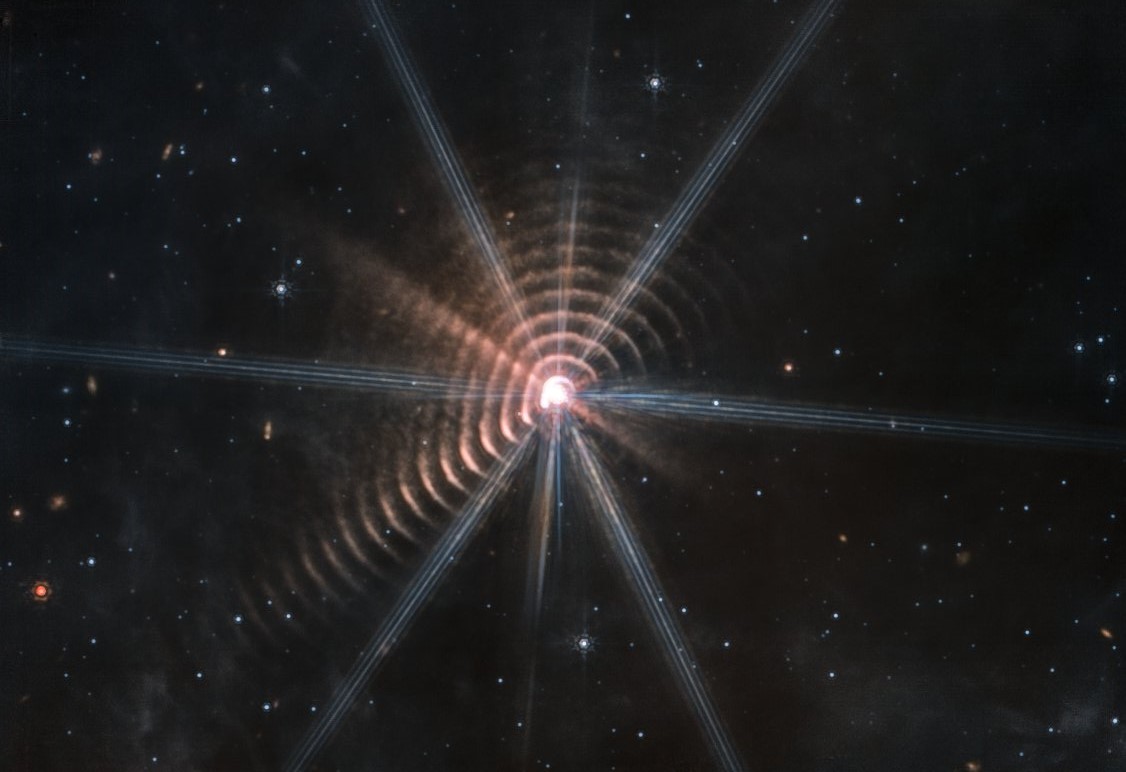Carbon-rich cosmic dust comes from different sources and spreads out into space, where it’s necessary for life and for the formation of rocky planets like ours. When astronomers aim their telescopes at objects in the sky, they often have to contend with this cosmic dust that obscures their targets and confounds their observations.
One reason the JWST was built is to see through some of this dust with its infrared vision and unlock new insights into astrophysical processes. In new work, the JWST was tasked with observing the dust itself.
Continue reading “The Webb Shows Us Where Cosmic Dust Comes From”

